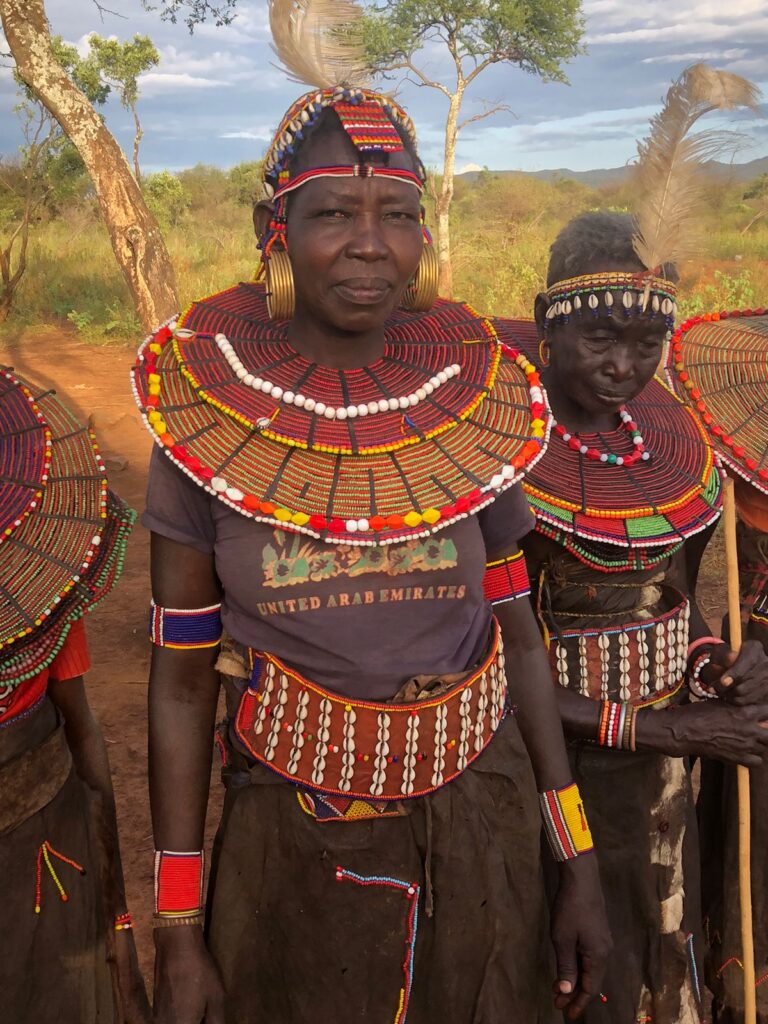The Maasai Mara versus the Serengeti: Everything You Need to Know in 2026
When travelers dream of an African safari, two names almost always rise to the top: the Maasai Mara in Kenya and the Serengeti in Tanzania. Together, they form one of the most iconic wildlife ecosystems in the world. Linked by the legendary Great Wildebeest Migration, both destinations offer unforgettable safari experiences. Yet, there are distinct differences that make each park unique. This guide explores everything you need to know in 2026, with expanded details to help you make the best decision for your safari adventure.
Size and Landscape
Maasai Mara:
Covering approximately 1,510 square kilometers, the Maasai Mara is relatively compact. Its landscape is characterized by rolling grasslands dotted with acacia trees, meandering rivers, and dramatic escarpments. Because of its smaller size, wildlife sightings are more concentrated, giving travelers a higher chance of seeing the Big Five and predator-prey interactions in a shorter time frame. The Mara’s higher altitude (1,500–2,200 meters) also results in cooler temperatures and lush vegetation during the rainy season.
Serengeti:
The Serengeti National Park is vast, spanning nearly 15,000 square kilometers, and when combined with its surrounding ecosystem, it creates one of the largest protected areas in Africa. Its landscapes are incredibly diverse: from the endless plains in the south to rocky outcrops (kopjes), river valleys, woodlands, and northern hills. This variety makes the Serengeti feel more like an endless wilderness, offering different ecosystems within a single park. Travelers often remark on the sense of scale and remoteness that the Serengeti provides.
Wildlife and Predator Density
Maasai Mara:
Known as one of the best places in the world for predator sightings, the Mara is particularly famous for its lion population. It is often referred to as “big cat country” because of the ease of spotting lions, cheetahs, and leopards in its open savannahs. Wildlife densities are higher than in many other parks, which means that even short game drives are packed with encounters. The Mara is also home to elephants, buffalo, giraffes, and over 450 bird species, making it a paradise for photographers and first-time safari-goers.
Serengeti:
While predators are also abundant in the Serengeti, the park’s size disperses them over larger territories. This means sightings can take more time and patience, but the rewards often feel more authentic and less crowded. The Serengeti is particularly well known for its cheetah population on the southern plains and large lion prides in central Serengeti. You may also encounter more elusive species, such as caracals, servals, and wild dogs, in its diverse habitats. The vastness of the Serengeti ensures a more raw and less tourist-heavy safari experience.
The Great Wildebeest Migration
Maasai Mara:
Between July and October, the Maasai Mara becomes the stage for one of nature’s greatest spectacles — the Mara River crossings. Millions of wildebeest, zebras, and gazelles plunge into crocodile-infested waters, while lions and hyenas wait on the riverbanks. This is the most dramatic part of the migration and is one of the main reasons travelers choose the Mara. The smaller park size also means that the action is easier to locate and follow.
Serengeti:
The Serengeti is where the migration begins and ends. From January to March, the southern Serengeti plains witness the calving season, when over half a million wildebeest are born within a few weeks. This abundance of vulnerable calves attracts predators, leading to dramatic hunts. As the herds move north, they pass through the western corridor around May–July, where they face the Grumeti River crossings before eventually reaching the Mara. Travelers visiting the Serengeti can experience the migration at different stages depending on the season, making it a year-round spectacle.
Best Time to Visit
Maasai Mara:
The dry season, from July to October, is the best time to visit if your goal is to witness the Mara River crossings and enjoy easy wildlife viewing. December to March is also rewarding, as the park is less crowded, though lush vegetation may sometimes make animals harder to spot. April and May are wetter months, but offer lower rates and beautiful, green landscapes.
Serengeti:
The Serengeti offers fantastic safari experiences year-round. June to October is excellent for predator sightings and large herds, while January to March is spectacular for the calving season. Travelers who enjoy birdwatching may prefer November to April, when migratory bird species flock to the park. Each season offers a different perspective of the Serengeti, allowing for multiple return visits.
Accessibility and Crowds
Maasai Mara:
Easily accessible from Nairobi, just a 5–6 hour drive or a short domestic flight away, the Mara is a convenient option for travelers with limited time. However, this accessibility also makes it busier. During peak migration months, river crossing points can become crowded with safari vehicles. To escape the congestion, many travelers opt for private conservancies adjacent to the Mara, which offer fewer vehicles, exclusive camps, and night game drives.
Serengeti:
Reaching the Serengeti typically requires longer travel, such as internal flights from Arusha or Kilimanjaro, or multi-day drives. Once inside, however, the park’s sheer size disperses tourists, making it feel more remote and serene. Even during peak season, you can find areas with little to no vehicle presence, especially in the northern and western zones.
Costs in 2026
Maasai Mara:
Park entry fees for non-residents have risen in recent years, and in 2026, they remain some of the highest in Africa. Luxury lodges near river crossing points are in high demand during migration months, often booking out a year in advance. Budget-friendly camps still exist, but they may be located further from prime wildlife areas. Travelers should plan carefully if they wish to balance cost with location.
Serengeti:
Costs vary depending on how you travel. Internal flights can add to expenses, but allow visitors to maximize time in the park. Lodges range from rustic tented camps to ultra- luxury accommodations. In quieter seasons, visitors can often secure better deals without sacrificing the quality of their safari. The Serengeti may also offer better long-stay discounts for those who wish to explore multiple regions.
Cultural Experiences
Maasai Mara:
Cultural tourism is a major highlight, with the opportunity to visit Maasai villages, learn about their traditions, and witness their famous jumping dances. Many lodges incorporate Maasai guides, offering authentic insights into the land and its heritage. Staying in a conservancy often comes with community-driven initiatives that directly support local Maasai families.
Serengeti:
The Serengeti experience is more focused on wilderness than culture. While Maasai communities live around the park’s edges, cultural tours are less central compared to Kenya. However, nearby regions such as Lake Eyasi provide opportunities to meet the Hadzabe and Datoga tribes, adding diversity to your Tanzanian cultural experience.
What’s New in 2026
- Higher Fees in the Mara: Increased entry fees make budgeting essential for travelers, especially during peak migration months.
- Climate Shifts: Unpredictable rainfall is altering migration routes and timings. While general migration patterns remain, travelers must remain flexible with dates and locations.
- Sustainable Tourism: Both parks are enforcing stricter conservation policies, including limits on vehicle numbers at sightings and tighter restrictions on lodge developments to protect fragile ecosystems.
Which Should You Choose?
- Choose Maasai Mara if… you want dramatic river crossings, concentrated wildlife encounters, and an easily accessible safari experience within a limited timeframe.
- Choose Serengeti if… you prefer vast wilderness, fewer crowds, diverse landscapes, and the chance to witness the magical calving season in the southern plains.
Travel Agency Tip
For the ultimate safari, consider a combination of both parks. Begin in the Serengeti to witness the calving season or the expansive plains, then continue to the Maasai Mara for the adrenaline- fueled river crossings. Our travel specialists design 7–14 day itineraries tailored to your preferences, ensuring you experience the migration at its most spectacular.
Ready to plan your 2026 safari? Contact us today to customize your unforgettable journey!

